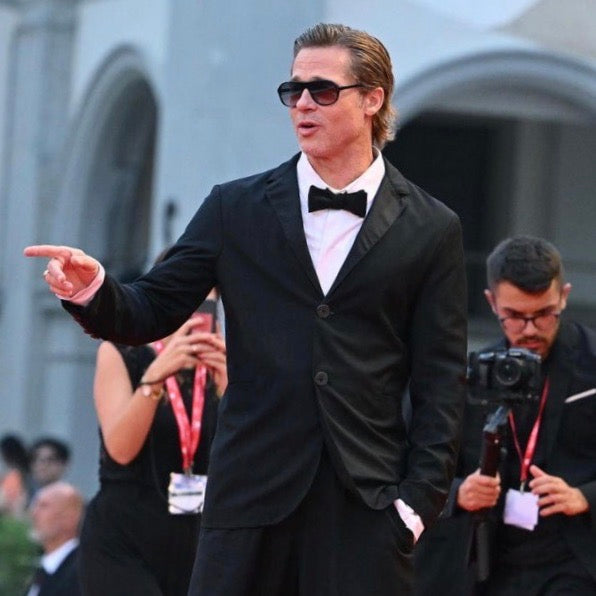The endless love between fashion and cinema
Cinema and fashion are two forms of art and creativity intended to communicate and speak to each other in a dense and continuous way. Two worlds that touch each other countless times. Cinema is capable of launching and immortalizing stars and their styles; fashion gives films its best resources. All to the delight of the public.
For over a century, there has been a perfect relationship between the world of cinema and that of fashion that produces wonders. Two parallel universes that meet often and in increasingly sophisticated ways, so much so that they now seem like inseparable communicating vessels . The seventh art, since its debut, at the beginning of the 20th century, has made extensive use of the narrative capacity that clothes have , often going so far as to dictate the rules of style, thanks to costume designers with a refined and eclectic soul. At the same time , fashion has taken and given emotions from and to the big screen . Numerous stylists have supported directors and actors as image consultants; at the same time, fashion has taken advantage of the lessons of cinema by bringing it to the catwalks. And the magic is destined to continue.

Cinema dictates fashion
Marlene Dietrich's androgynous suits , Audrey Hepburn's refined dresses , James Dean's jeans and t-shirt look , the famous pajamas worn by Clark Gable in It Happened One Night , Tom Cruise's Ray-Ban glasses in Top Gun . This brief overview of icons contains only a small part of the cases in which cinema has been able to dictate the law in the world of fashion, launching real styles and establishing the success of certain products. Intuitions which, especially in the first decades of cinematography, bore the signature of illustrious costume designers , true fabric artists. Not infrequently, however, famous stylists have also made their forays onto the set . This is the case of Givenchy , signature of Hepburn's clothes, or of Armani , whose style was consecrated by the clothes chosen for Richard Gere in American Gigolo . And the list could go on and on: Chanel, Fendi, Ferragamo, Gaultier, Gucci, Krizia, Prada, Soprani, Valentino, Versace. On the other hand, ever since the spotlight came onto the first sets, Hollywood stars have established themselves as models to imitate, surrounded by hordes of fans ready to dress and act like them. Because dreaming big costs nothing .

Fashion goes to the cinema
The road that connects fashion and cinema, however, can be traveled in both directions. And if it is true that the world of cinema has often plundered the talent of stylists to embellish its films, it is equally true that it has often celebrated their fame and importance. In fact, there are many films that have narrated , in various aspects , the fashion universe . The forerunner of the genre is undoubtedly Funny Face (in Italian: Cinderella in Paris) which tells of the encounter between the shy and reserved Jo Stockton with the glossy Parisian fashion world. Coming to more recent times, we cannot fail to mention The Devil Wears Prada , a blockbuster film whose protagonist is an icy Meryl Streep. Finally, the list of films that move halfway between fiction and documentary is very long, telling the lives of great stylists, from Coco Chanel to Valentino , up to the recent House of Gucci , dedicated to life and tragic death by Maurizio Gucci, the last member of the famous Tuscan family, creator of an international brand of inestimable value.




